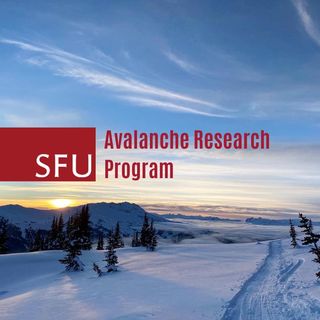Risk of death and major injury from natural hazards in mechanized backcountry skiing in Canada
Abstract
Guests and guides partaking in commercial mechanized backcountry skiing are exposed to numerous natural hazards that can result in injury or death, but detailed quantitative risk estimates are currently lacking. This represents a considerable barrier for evaluating existing risk management practices and implementing evidence-based interventions. We collected historical incident and exposure information from helicopter- and snowcat-skiing operations in Canada to perform a retrospective risk analysis. Our results show that avalanches are the largest contributor of the overall risk of death in mechanized skiing, followed by tree wells and other non-avalanche related deep snow immersions. However, the risk of death from avalanches decreased substantially over the entire study period from the 1970 to the 2016 winter season. Avalanche risk is substantially higher in helicopter-skiing than in snowcat-skiing, but other snow immersion fatalities are more common in snowcat-skiing. The risk of major injury is primarily associated to unforced skiing accidents and collisions and shows higher values for guides in snowcat-skiing than helicopter-skiing.
You can download Matthias’ paper by clicking on the green button at the top. Click here to learn more about our research in this area.

